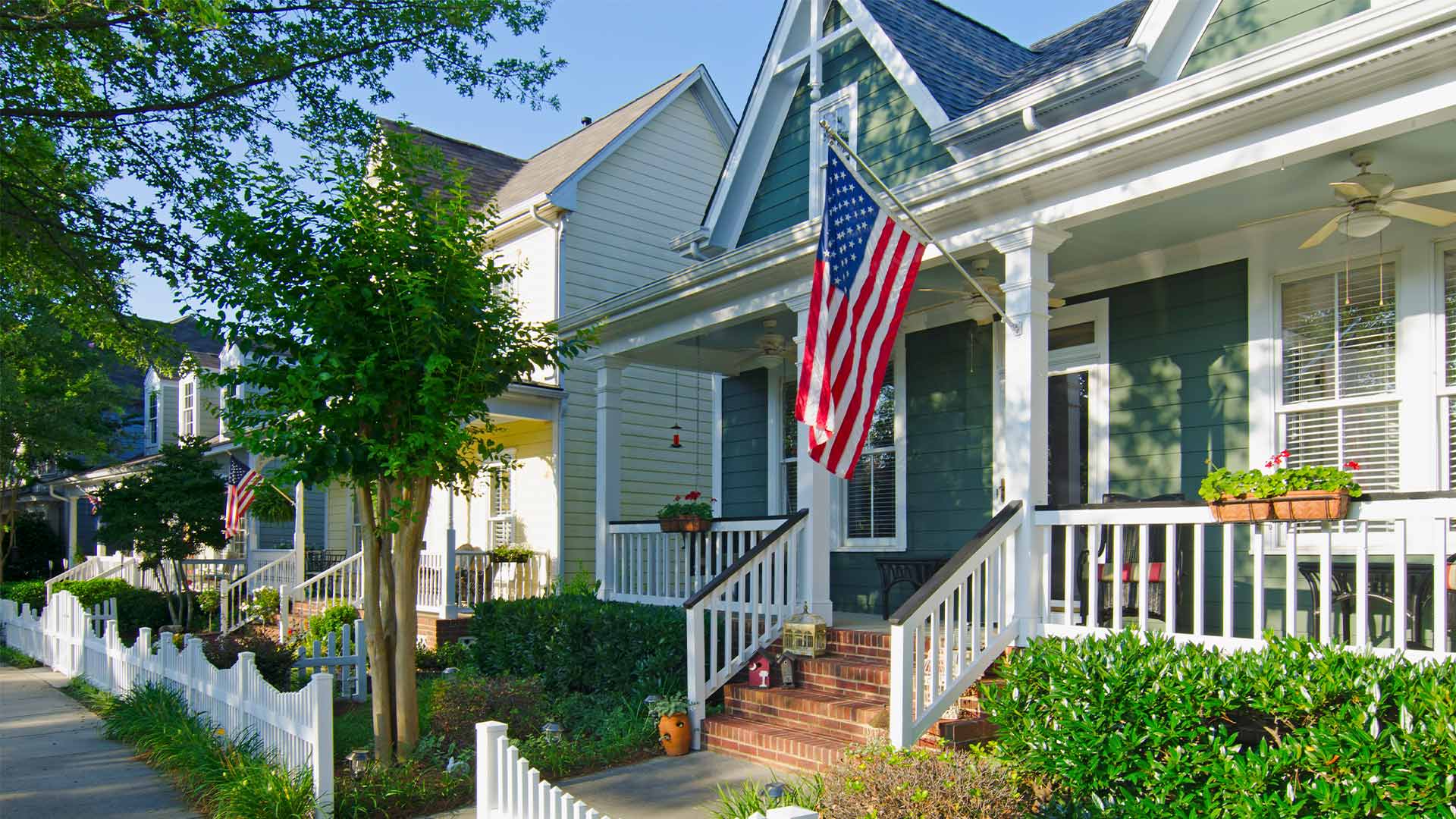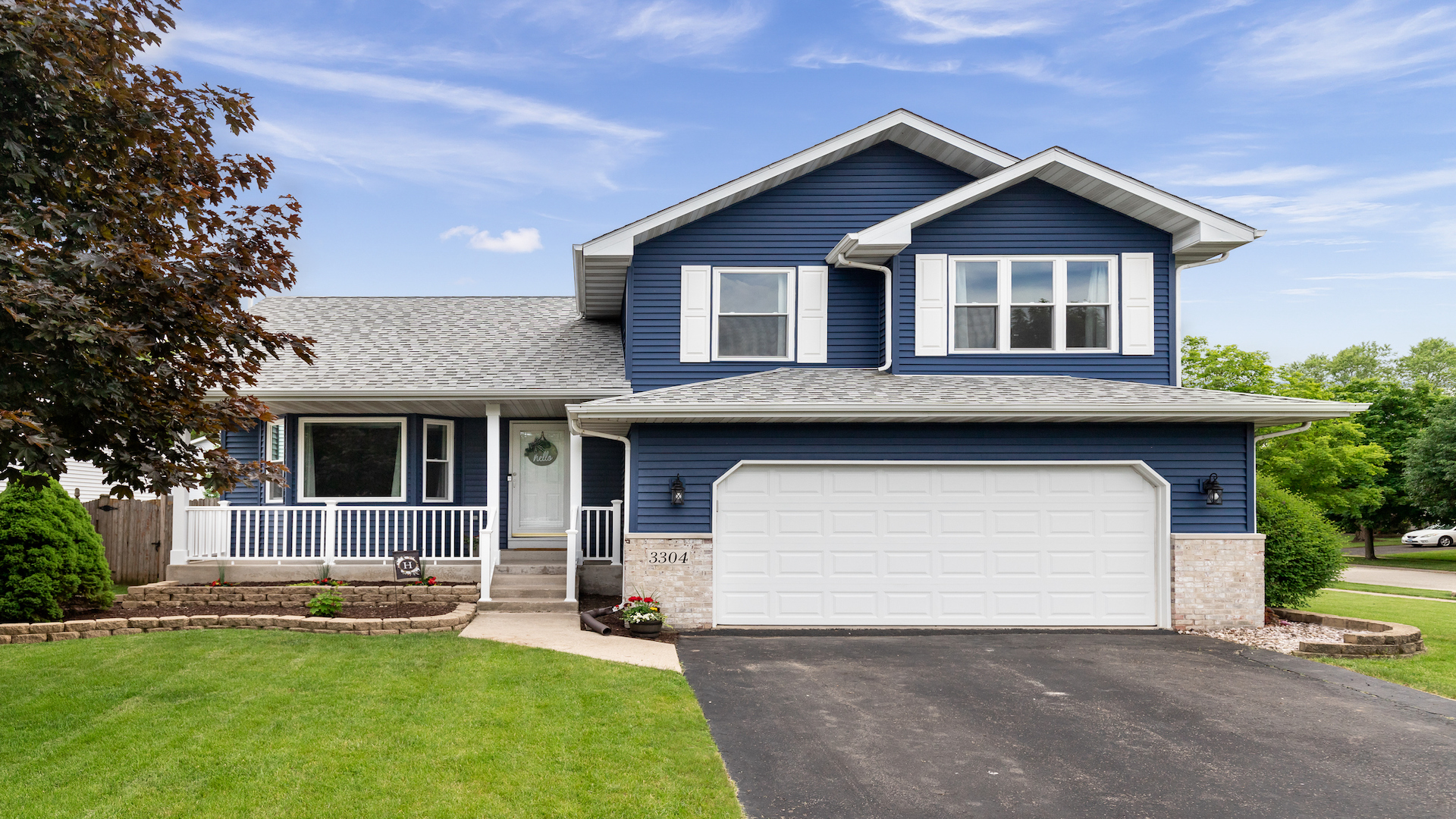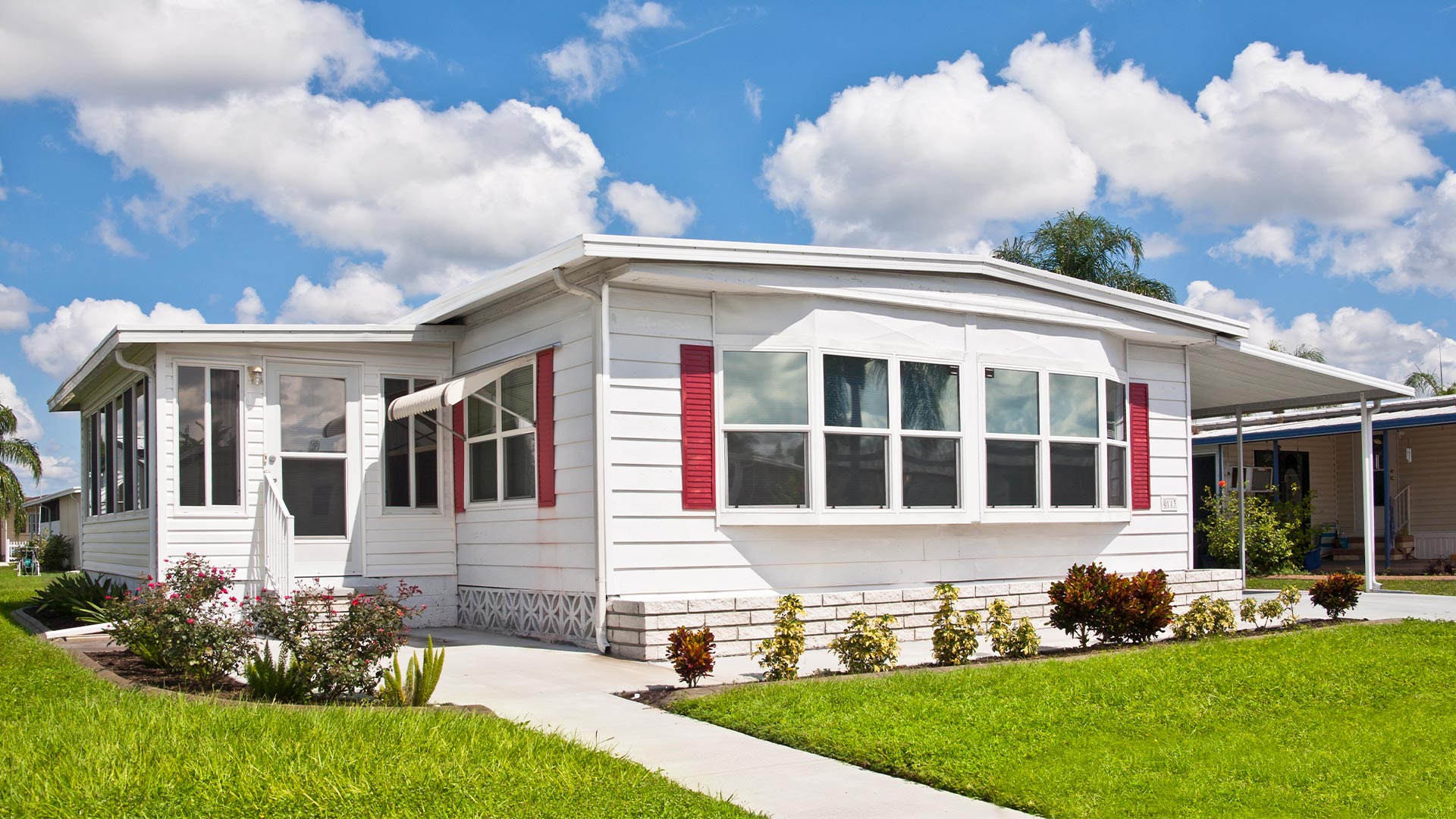
How do I apply for a VA loan?
If you’re an active-duty service member, a veteran, a member of the National Guard, or the surviving spouse of a service member, you might be eligible for a VA home loan.
These government loans are insured by the U.S. Department of Veterans Affairs. They feature no down payments, no private mortgage insurance, and low interest rates.
For those who are eligible, VA home loan benefits are hard to beat.
And, it’s easy to apply for VA financing. Though these loans are government-backed, most major lenders offer them. So you can easily check your eligibility and rates online.
Start your VA loan application (May 10th, 2021)In this article (Skip to…)
- Steps to apply for a VA home loan
- Documents needed to apply
- What happens after I apply?
- Where can I apply for a VA loan?
- Do I qualify?
Steps to apply for a VA home loan
Here’s what to expect when applying for this government-backed home loan.
1. Find a VA-approved mortgage lender
You can only get a VA mortgage from lenders approved by the Department of Veterans Affairs to issue these loans.
The good news is, a huge number of mortgage lenders are VA-approved. Many banks, credit unions, mortgage companies, and online lenders offer VA loans.
Confirm that a lender offers this type of financing before submitting an application. You can usually find information about whether a lender offers this program on its website.
2. Request your Certificate of Eligibility (COE)
Your Certificate of Eligibility (COE) verifies your eligibility for the VA loan program based on your military service history. You need this document to get approved for a VA loan.
Luckily, requesting your COE is easy: You can do it online using the VA’s eBenefits portal, or you can simply have the lender pull your COE when you apply for a VA loan. They can typically do so in just a few minutes.
Note, if you’re applying for a VA Interest Rate Reduction Refinance loan (IRRRL) you do not need to request a COE because your eligibility was verified on your first VA loan.
Verify your VA loan eligibility (May 10th, 2021)3. Apply online, in-person, or over the phone
Once you locate a VA-approved mortgage lender and obtain your COE, you can complete an application to get pre-approved for a loan.
During the application process, a lender verifies your income, credit, and employment to ensure you meet the requirements for VA financing. If you qualify, they’ll issue a pre-approval letter giving you financial backing to make an offer when you find the home you want.
4. Shop for a home
Next, you’ll work with a real estate agent to locate a property and submit an offer.
If the seller accepts your offer, you’ll submit the purchase agreement to your mortgage lender. Your lender will then issue a Loan Estimate that contains information regarding mortgage terms, monthly payments, interest rates, closing costs, and other mortgage fees.
5. Compare rates and choose a lender
Keep in mind, you can (and should) apply with multiple VA lenders. You can use the Loan Estimates you receive from each one to compare loan terms, mortgage rates, and fees.
Once you find the best deal, you can move forward with that lender and complete the full underwriting and approval process.
Start your VA loan application (May 10th, 2021)Documents to apply for a VA loan
Getting approved for a VA home loan involves documenting your income, credit, debts, and assets. Lenders use these documents to assess your financial situation and make sure you can afford the mortgage payments on your new home.
Typical documents required for a mortgage loan application include:
- Tax returns and W-2s from the previous two years (no W-2s needed if self-employed)
- Bank account statements and investment statements
- Recent pay stubs
- Rental history
- Employment verification letter
- Copy of your driver’s license
VA loans require other documentation, too. For example, you’ll need a Certificate of Eligibility (COE) confirming you meet the requirements for a VA loan.
Your Certificate of Eligibility also provides information about your VA entitlement, which determines how much you’re eligible to borrow.
What happens after I apply?
You can start a VA loan application in just a few minutes. But the full loan process generally takes about 30-45 days on average.
After the initial application, your mortgage continues through the underwriting process. This is when your lender takes a closer look at your credit report and supporting documentation. It also evaluates the property to ensure your new home is a safe investment.
The underwriting process
As the home buyer, you can request a home inspection at this time. An inspection isn’t required, but it’s highly recommended to uncover costly hidden problems.
In your purchase agreement, you can include a clause that states If the home inspection report reveals issues, you can ask the seller to fix these issues before proceeding with the mortgage loan.
A home appraisal required by mortgage lenders. This involves a third-party appraiser visiting the property and estimating its value. As a general rule of thumb, you can’t borrow more than a property is worth.
If the home appraises for less than the purchase price, you’ll have to pay the difference out-of-pocket or renegotiate the sales price with the seller.
The underwriting process also involves a title search to look for potential title issues.
Finally, the underwriter will review your income, assets, and debts before issuing a final approval and scheduling a closing date.
Be mindful that the underwriter might have questions or request additional information during this process. Responding to these inquiries in a timely manner helps keep closing on schedule.
Final approval and closing
Once you receive a final approval, your loan officer will schedule a closing date. Here, you’ll sign the mortgage paperwork and pay your closing costs and down payment (minus any earnest money you paid when you made an offer).
A sample of your closing costs include:
- Lender’s origination fee
- Discount points (optional to lower your rate)
- Appraisal fees
- Prepaid property taxes and homeowners insurance
- Recording fees
- Title search fees
- Attorney fees
- VA funding fee (optional to pay upfront)
The VA funding fee is a one-time payment required on all VA loans by the Department of Veterans Affairs. It helps offset the cost of the VA mortgage program. You can pay this fee at closing if you wish, but most borrowers roll it into the loan amount to reduce their upfront costs.
Where can I apply for a VA home loan?
If you’re thinking about getting a VA home loan, understand you don’t get one directly from the Department of Veterans Affairs.
Although a government-backed loan, you’ll need to contact a private lender for funding.
A good starting point is your personal bank or credit union. But don’t stop here. You should also contact at least three other VA-approved lenders to compare rates and terms.
Getting a low interest rate can save thousands over the life of the loan, and lower fees help reduce your out-of-pocket costs at closing.
Check your VA loan options (May 10th, 2021)Do I qualify for the VA home loan program?
Getting approved for a VA home loan requires meeting the program’s eligibility requirements.
The VA doesn’t set a minimum credit score, but many lenders will require a minimum credit score of 620. In addition, your income must be high enough to qualify for the desired loan amount, and VA home loans typically require a debt-to-income ratio no higher than 41%.
You also need to meet the VA’s ‘occupancy’ requirements. The home must be a primary residence you’ll live in full-time (meaning you can’t finance an investment property or vacation home using a VA loan).
As far as service requirements for a VA loan, you’re likely to qualify if one of the following applies:
- You’ve served at least 90 consecutive days of active service during wartime
- You’ve served 181 days of active service during peacetime
- You’ve served at least six years in the National Guard or reserves
- You’re the surviving spouse of a service member who died in the line of duty, or who died from a service-related disability
VA loan benefits are nearly unbeatable for first-time home buyers and current homeowners alike.
With low rates, no PMI, no loan limits, and zero down payment required, this program is one of the best for home buying or refinancing.
So if you meet the service requirements listed above, the first thing you should do is check your VA mortgage eligibility.
Verify your new rate (May 10th, 2021)



